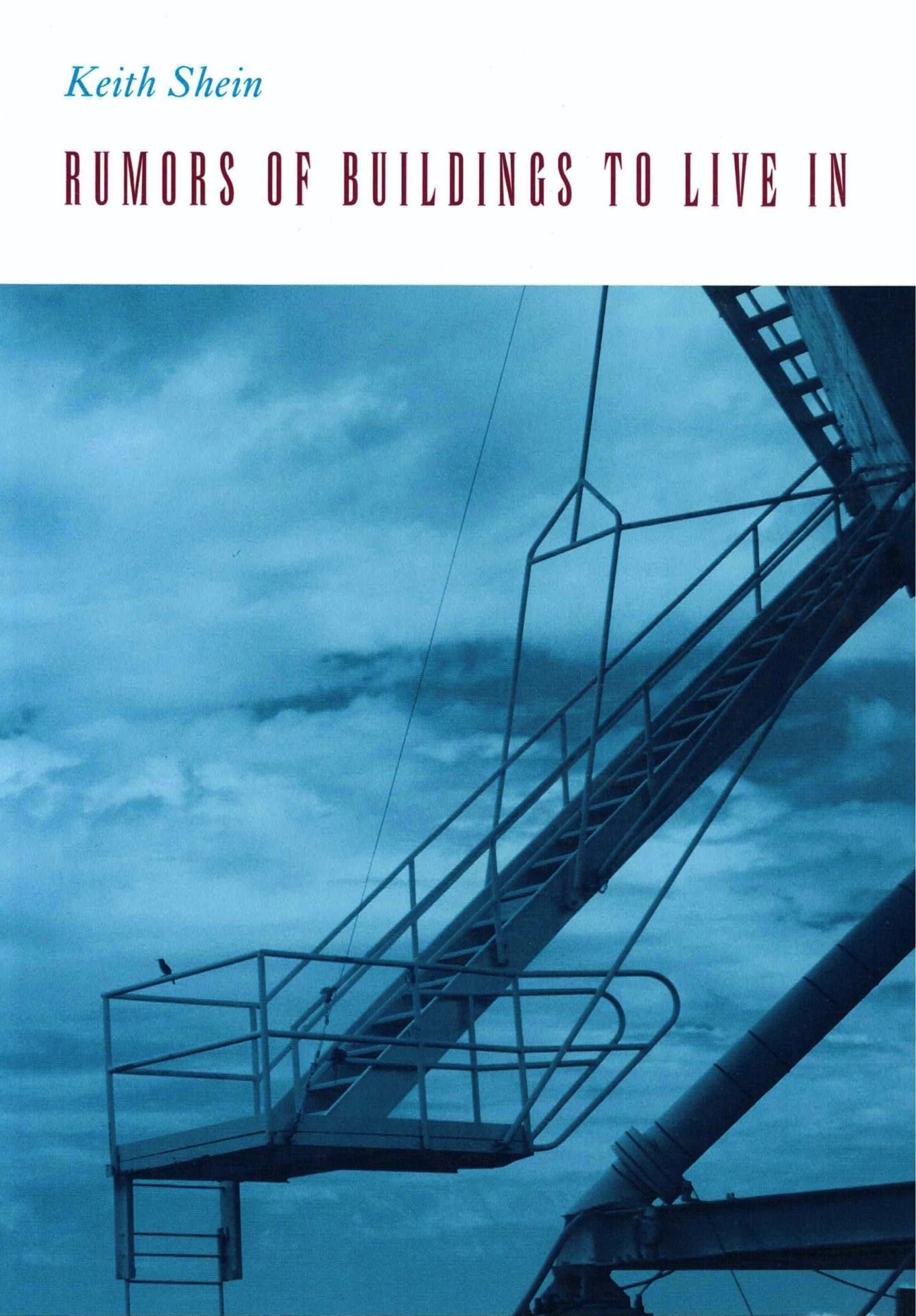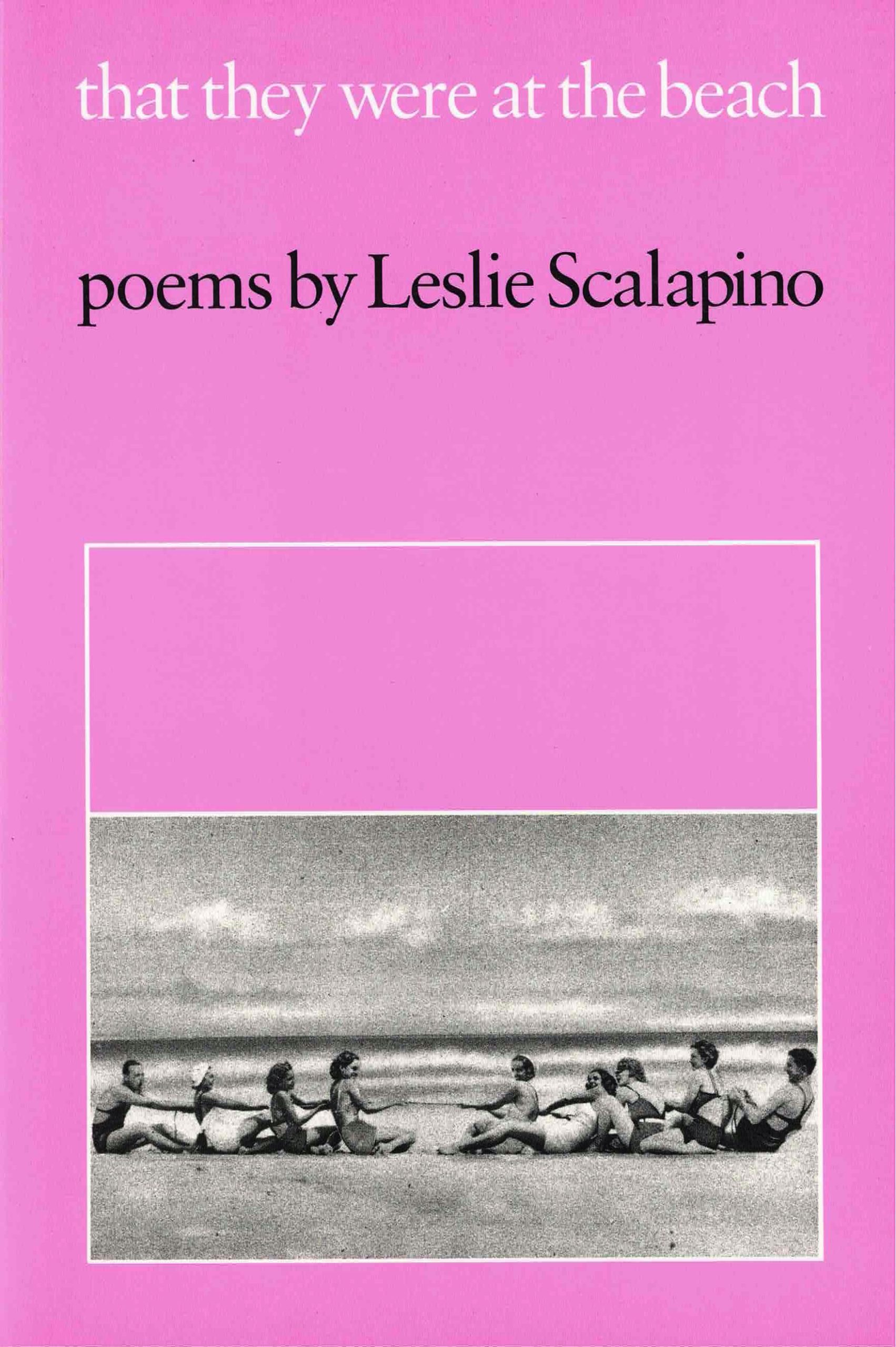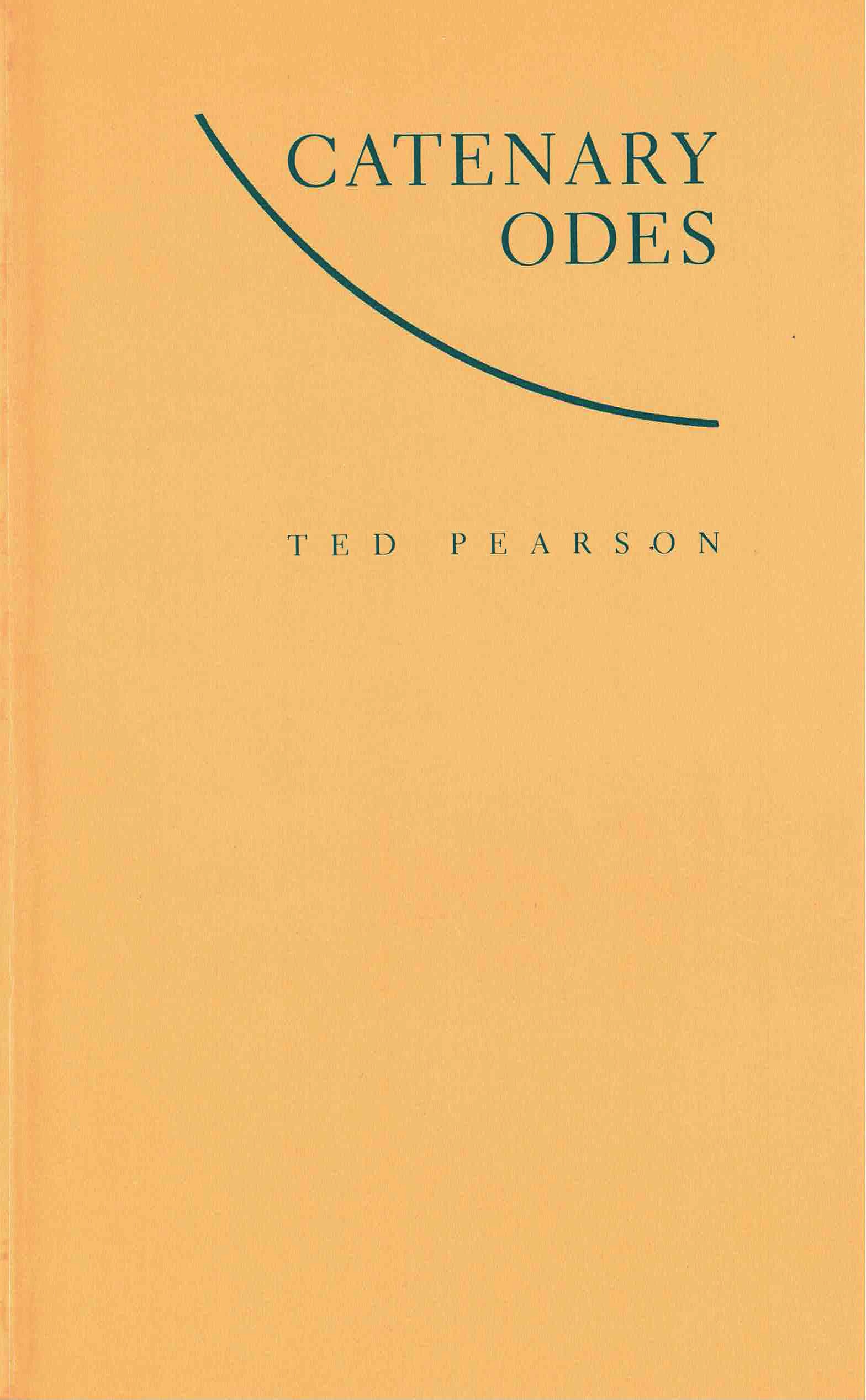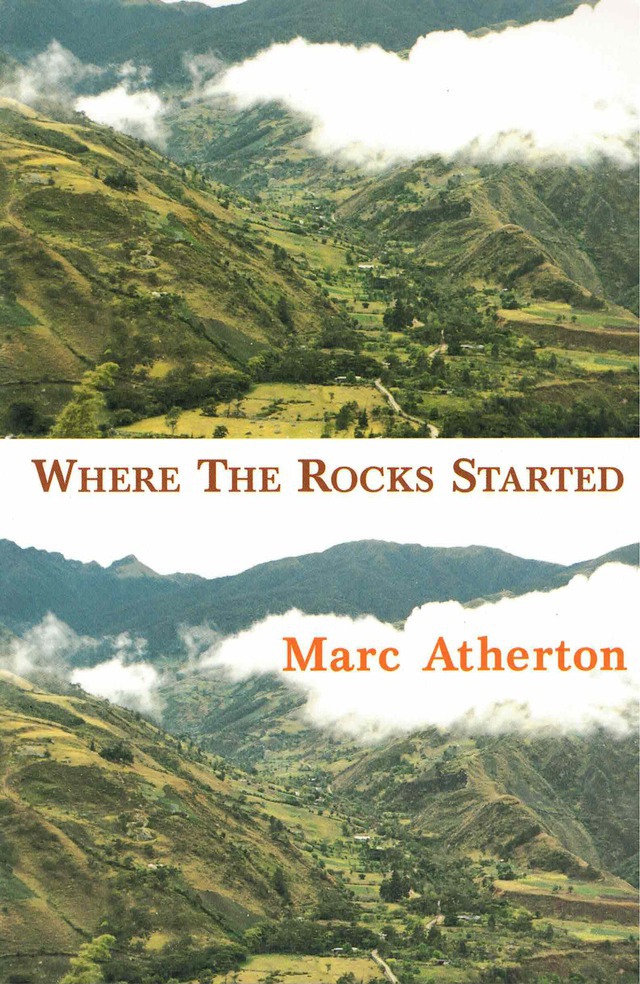Rumors of Buildings to Live In is a cross between poetry and a minimal, futuristic novel. “Someone wrote Inhuman Rules” by which we/people are animate, the real motions rendered by Shein as startling 3-D:
“At dusk, which smokes, the men walk by each other
staring at a distance.
The near is abandoned…”
The people and the location are turned in on each other. Abandoned as being what’s real.
Keith Shein
Praise for Rumors of Buildings to Live In
In this time when terror from without spectacles the terror in the heart of hegemonic power, this series of poems opens into a scape of what outlives and inhabits that void. The inheritors of a world in ruin, these spectral yet strangely tender and embodied survivors stitch together, through the gestures of life, a new if tenuous order.
— Sarah Menefee
These compellingly compassionate and troubling snapshots anatomize a later, if not culminant stage in the social and psychic degradation that Williams predicted for “the pure products of America.”
— Ted Pearson
I read Keith’s work because it haunts, and because there are beings inside each of whom sees in a clear and solitary way. It puts me in odd and disquieting places, and heads. The landscape is like nothing else I know in poetry—a shifting geometry full of other, non-declamatory minds.
There are living eyes everywhere in Rumors of Buildings to Live In, and none of them care at all about Keith or the reader. There are dogs on their own, almost enterable, and I don’t know how he does that. It’s also a passionate look at the children we hate, in our own sweet ways, and condemn to hell every day in exchange for a little money, and some notion of having risen above.
— Larry Kearney
Beautifully written, serial renderings of the urban American landscape at the millennium, serious in the best sense. Check it out.
— Kit Robinson





I see in [Shein’s] choice of the serial poem the influence of Gilbert Sorrentino (just as, in Sorrentino, I see the hand of Spicer). Yet here there is something that feels a lot like the kind of surrealism one gets in watery versions in Charles Simic or Andrei Codrescu. The edge in Shein’s work here feels so much sharper.
— Ron Silliman, Silliman’s Blog